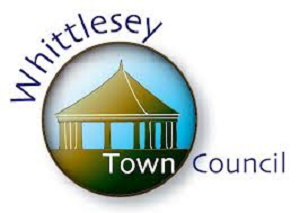The village of Eastrea lies approximately two miles east of Whittlesey on the A605.
This quiet little village is surrounded by arable land with many footpaths, bridleways and cycle routes leading to both Coates and Whittlesey.
Both the Nags Head and ‘Hemmaway Car Sales’ are situated on the A605 on the junction with Wype Road.
The Eastrea Centre, also on the A605 was opened by The Duke of Gloucester in 2013. Since the 1940’s villagers had worked towards finding a site and building a hall. With the determined effort by Professor Brian Ford and residents the hall is now a venue for village activities. It is hired out for various events introducing the general public to the village.
In prehistoric times Eastrea was a clay island surrounded by flooded fen and cut off from Whittlesey.
The EA at the end of the word is an Anglo Saxon for island. ‘Easterly Island’
Religious records show a papal licence was given to build a Church here in 1403. This was needed as at this time villagers were required to attend Church regularly. Bad weather sometimes made the journey to Whittlesey impossible. Less than 200 years later the Chapel was pulled down and details lost. It is thought to have been built near the junction of the A605 and Wype Road.
As well as this chapel, Pilgrims on their way to Walsingham stopped at the nearby Pilgrims Hall in Eastrea preparing themselves to journey across the fields to The Chapel of Our Lady at Eldernell.
The White Cross Stone thought to be the remains of a medieval cross, where pilgrims would stop to pray, can be seen on the south side of the A605 between Eastrea and Coates
A new Methodist Chapel was built in Wype road in the middle of the 1800’s. Since the 1960’s the building has been in commercial use.
In 1771 a fire destroyed most of the village.
People found that they could construct boundary walls using local clay subsoils and straw. These mud walls were topped with thatch, tiles or a wooden capping. One such wall still exists in Eastrea but many are to be seen in Whittlesey.
The railway passes through Eastrea at the southern end of Wype road. From 1845 until 1866 there was a railway station which was used mainly used to transport crops.







